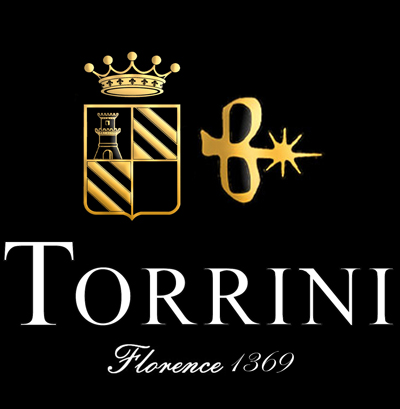Aquamarine Gemstone

What is the Aquamarine?
Aquamarine is the only gem that has the light and shining shades of the sea in it.
It belongs to the mineral family of Beryl (as well as the Emerald). Since ancient times, it has always been considered as the "sailor's gem", or rather the treasure of the "sirens," which with its purity aroused feelings evocative of the crystalline sea.
Medieval writers considered a lucky charm to be the most popular and effective gem for achieving oracle status.
Aquamarine is the gem that inspires truth and trust typical for lovers.

Aquamarine Mineral
Aquamarine is a variety of the mineral Beryl. This gemstone comes in splendid crystals that can also be large and transparent with very accentuated color tones.
The best qualities are a deep-sea blue color with a well-diffused saturation. This gem has a hardness of 7.5 on the Mohs scale, its most important deposits are found in Brazil and many other locations around the world. The aquamarines from the Minas Gerais field in Brazil are very popular.
The most sought-after characteristics in natural aquamarine are transparency and brightness. The more opaque or milky variants are subjected to heat treatments that considerably improve the effect without competing with the natural ones.

What is the Aquamarine?
Aquamarine is the only gem that has the light and shining shades of the sea in it.
It belongs to the mineral family of Beryl (as well as the Emerald). Since ancient times, it has always been considered as the "sailor's gem", or rather the treasure of the "sirens," which with its purity aroused feelings evocative of the crystalline sea.
Medieval writers considered a lucky charm to be the most popular and effective gem for achieving oracle status.
Aquamarine is the gem that inspires truth and trust typical for lovers.
Aquamarine Birthstone & Anniversary
Aquamarine is the gemstone of the month of March.
Aquamarine is traditionally given as a gift for the 19th wedding anniversaries.
Aquamarine Quality Factor
Discover the quality factor of the Aquamarine
The beauty of Aquamarine depends on the quality of the raw mineral highlighted by the master cutter.
We can summarize in 3 points a good quality Aquamarine:
Aquamarine is usually transparent and crystalline, with no apparent internal characteristics; it shines even in low light.
The hardness of this gem makes it easy for various types of cut, even fantasy and can become of the highest value if cut cabochon when it highlights the 6-pointed star effect.
The most popular and rare variety of aquamarine is called "Santa Maria", with intense blue tones from Santa Maria de Itabira in Brazil.

The Brief History of Aquamarine
In ancient Rome, Pliny the Elder wrote on the aquamarine. According to the naturalist, the most valuable variety of aquamarine was that which, once immersed in the sea, could not be distinguished from water.
In the "Gemmarum et Lapidum Historia", written in 1609, we find for the first time the design that associates the aquamarine with the color of the sea, from which it then universally took its name.
The largest aquamarine found to date is undoubtedly the one that came to light in 1910 from the town of Marambaia in Brazil, weighing 110 kg and 48 cm long. The largest aquamarine carved is called "Dom Pedro", named after the two miners who found it in Brazil in 1980. It weighed two kilos and was cut in the shape of a monolith in Germany by the artist Bernd Munsteiner. It is exhibited at the Smithsonian National Museum of Natural History in Washington.





